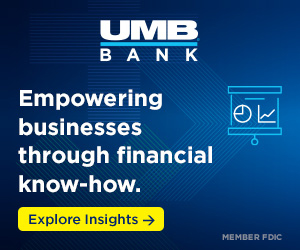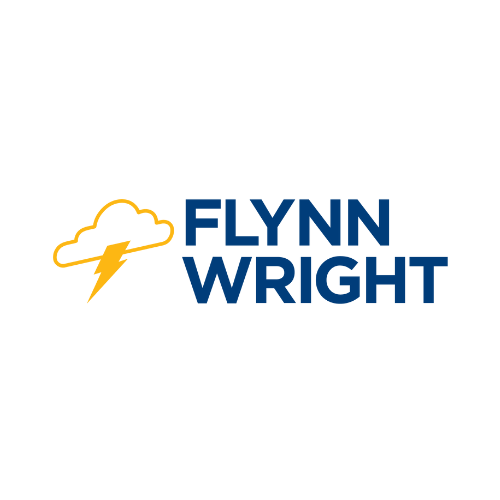MCLELLAN: What’s your cause?

About 10 years ago, the term “cause marketing” came onto the horizon. The whole idea was this: Many companies donated their time, their talent and their money to various charities, but it was done without anyone knowing about it or the company gaining any additional value from being a good citizen.
Some would argue that to give without any expectation of reward or recognition is the true definition of giving. Perhaps that’s true. But it’s also very small.
Another word for small in this instance might be isolated. If I give $5 to a charity and don’t tell anyone about it, the charity gets $5 and I get a warm feeling inside. All good. But if I tell my friends about the charity and that I’m giving $5 and invite them to do the same, now look at what I’ve created:
• More awareness for the charity.
• Additional dollars donated to the charity.
• A community of people who believe in/care about the charity.
Which do you think the charity would prefer?
Now, take that a step further. Rather than just telling my friends about it, what if I aligned my choice of charity with my customer base? Odds are I serve a group of people whom I have a connection with and whom I care about. So if I look for a charity that would be important to them and to me, I can amplify the impact by engaging my entire customer base to rally around them.
When anyone talks about cause marketing, one of the examples they use is Avon and its commitment to fight breast cancer. It was pioneering in the idea of uniting a cause and a group of customers, for a greater good.
We’re all smart enough to recognize that Avon benefits from this alliance as well, in earned media exposure, creating a powerful connection to both its female customer base and its female employee base as well as increased sales.
None of that mitigates the good this alliance does. It’s truly a win-win situation. Here’s how Avon talks about its efforts on its website:
“One of the company’s largest ongoing projects is the Avon Breast Cancer Crusade, which is aimed at funding research and access to quality care. Now in its 20th year, the project has donated more than $740 million to the cause, making it one of the world’s leading corporate supporters of the fight against breast cancer.”
Among the successes that Avon lists on its website:
• Linking more than 15 million women around the globe to early detection programs and mammography screenings.
• Educating 100 million women on breast health.
• Expanding into 55 countries.
• Enabling access to care for underserved populations.
• Providing $175 million to breast cancer research projects since 1999.
Avon raises funds for these efforts through various methods, such as hosting the Avon Walk for Breast Cancer series and selling Crusade Pink Ribbon fund-raising products.
I know your company probably doesn’t have the reach of an Avon, but you do have loyal customers who care about the world around them. And I’ll bet there’s a charity or cause that matters to you and that would matter to them if you made the introduction.
As you work on your 2013 marketing plan, I challenge you to weave in a cause marketing effort. If you need some help, call me and I’ll help you brainstorm the right partnership so you can create that win-win situation in your community.










